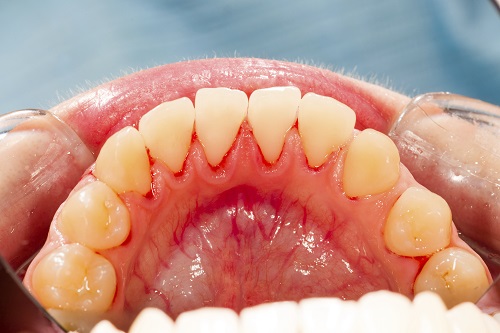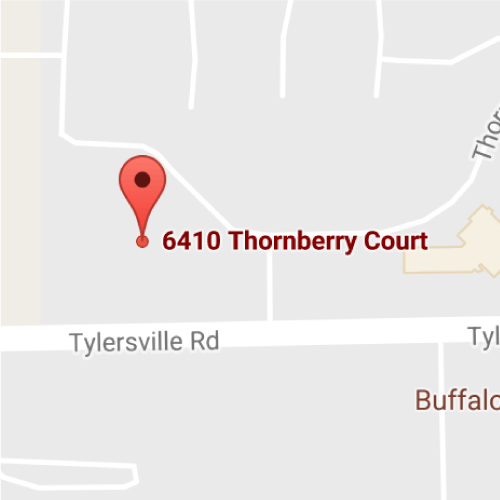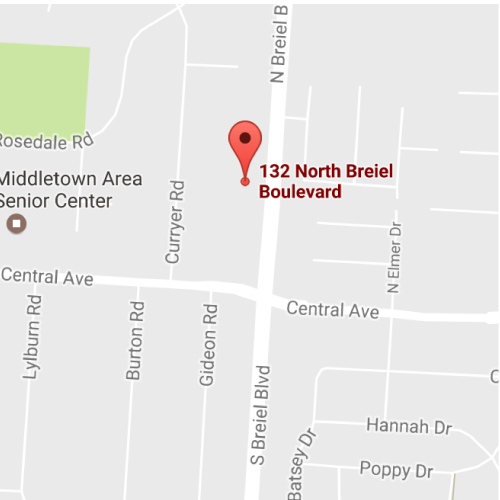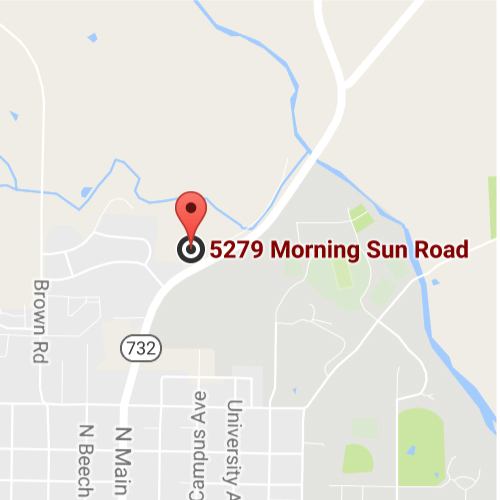What are the most treated periodontal conditions
Posted on 6/6/2022 by Martin Periodontics |
 Gum diseases, when detected early, can be reversed easily with the help of your local dentist. However, if the condition progresses, it might need attention from a specialist, a periodontist. Gum disease and infection, if left untreated, could advance to periodontitis and lead to tooth loss and other serious medical problems. The most common conditions treated by periodontists are gingivitis and periodontitis. Gum diseases, when detected early, can be reversed easily with the help of your local dentist. However, if the condition progresses, it might need attention from a specialist, a periodontist. Gum disease and infection, if left untreated, could advance to periodontitis and lead to tooth loss and other serious medical problems. The most common conditions treated by periodontists are gingivitis and periodontitis.
Treatment of gingivitis
Gingivitis is the infection and inflammation of the gums and the base of the teeth on the gum line. Gums are naturally pink and firmly hold on to the tooth. If gums become red, swollen, start bleeding easily, especially when brushing, and are sore, it is a sign of gingivitis. This is a peaceful guise of periodontitis. It is usually caused by poor oral hygiene and bad lifestyle habits like smoking tobacco. By practicing good oral hygiene and visiting the dentist regularly for a checkup and routine cleaning, the symptoms of gingivitis can be reversed. Gingival overgrowth, hyperplasia, and hypertrophy need more specialized treatment.
Yreatment of periodontitis
Periodontitis is advanced gingivitis characterized by complete inflammation and infection of the gum line, spreading below the tooth to the gingival tissue and the jawbone. Periodontitis could lead to bone loss in chronic cases. Symptoms of periodontitis include foul breath, pus containing-gingival pockets, receding gums, and bone loss. The rapid progression of this disease leads to jawbone destruction. Periodontitis is caused by poor oral habits, smoking, chewing tobacco, gingivitis, and genetics. It could also result from systemic diseases like diabetes, cardio, HIV, and respiratory infections. These diseases cause necrosis, death of tissue, including the gingival and periodontal ligaments.
In the treatment of periodontitis, the gingival pockets, which may contain pus, are cleaned off any debris, plaque, tartar, or calculus through scaling. This plaque buildup is cleaned to prevent tooth or bone loss. This cleaning, paired with routine follow-up treatment routines, helps treat periodontitis.
|
|



